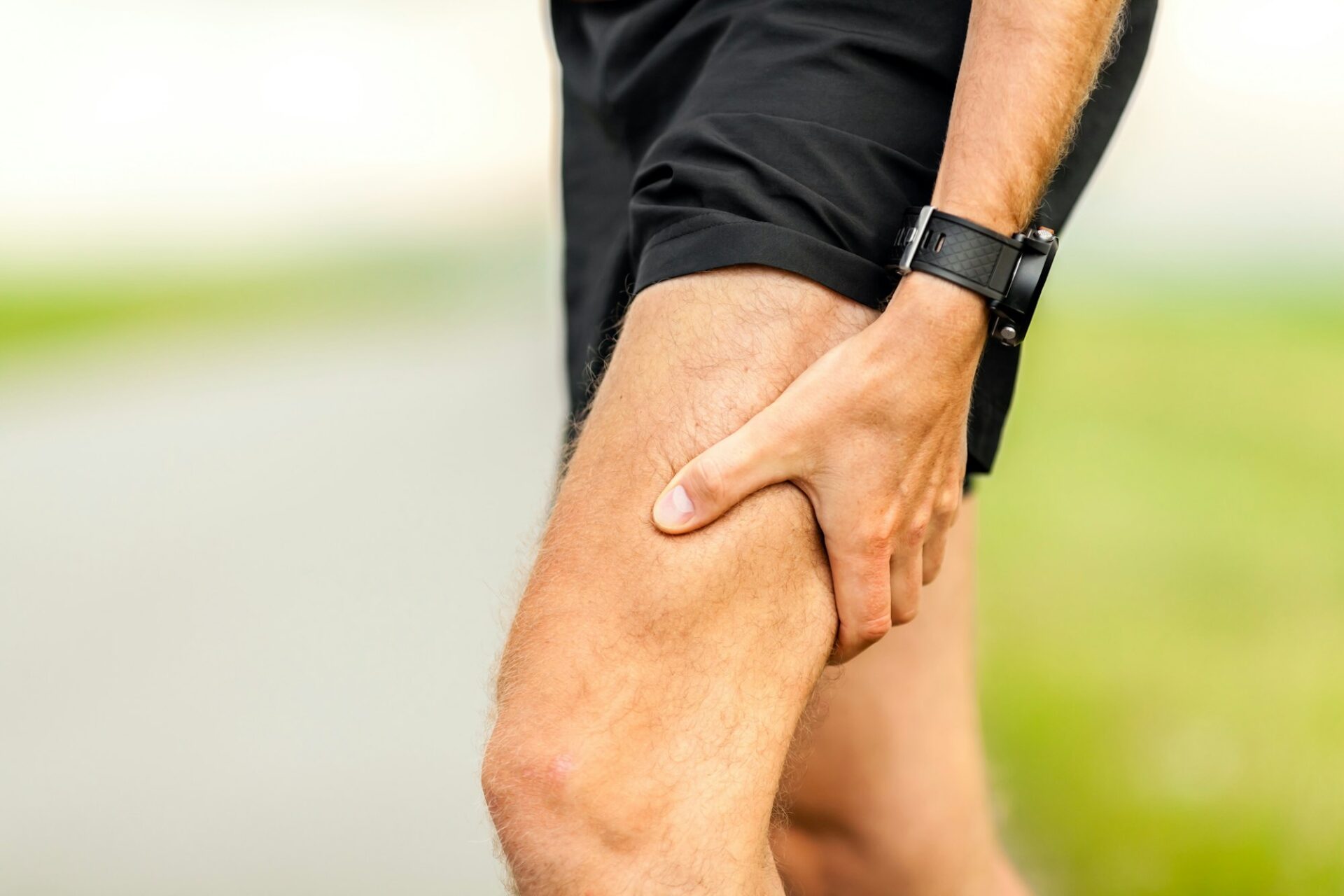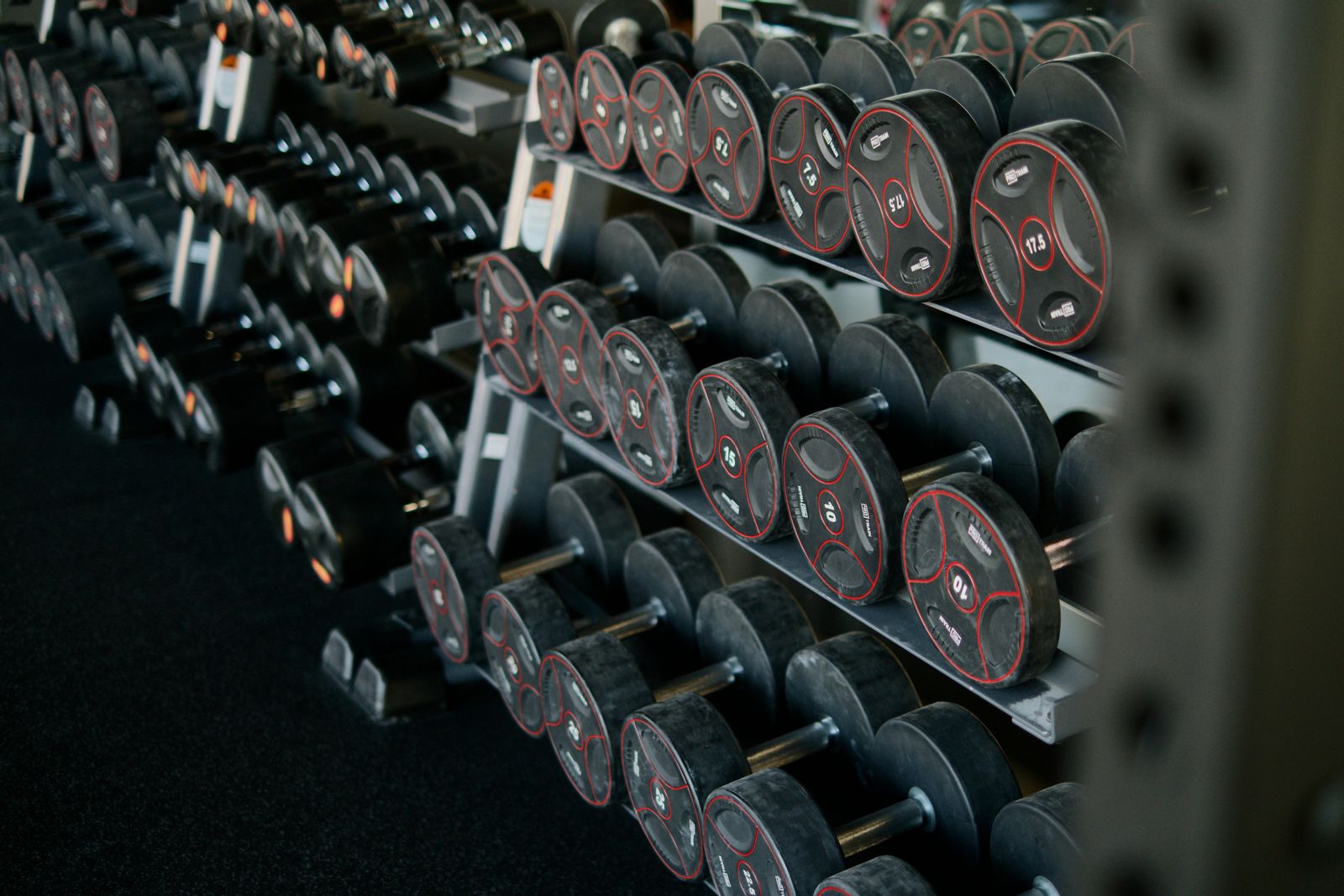Most people already know what to do—they just can’t seem to do it consistently.
That’s where the real problem lies. Not in some secret biohack or miracle supplement, but in the daily grind of actually living it out.
At Healthspan PhysioCoaching, we help people build a sustainable system for long-term health by focusing on what matters most: the fundamentals. Not just for lifespan, but for healthspan—the number of years you’re thriving, not just surviving.
In this post, I’ll walk you through the 5 pillars of healthspan, how they work together, and how you can start applying them to your life in a way that sticks.
What Is Healthspan—and Why Should You Care?
Let’s clear something up right away.
Your lifespan is how long you live.
Your healthspan is how long you live well—strong, sharp, mobile, and independent.
Most people spend the final 15–20 years of their life managing chronic conditions, bouncing between appointments, or dealing with fatigue, joint pain, and mental burnout. That’s not inevitable. It’s just common.
Healthspan is about changing that trajectory—starting now.
The Real Problem: You Already Know This Stuff
You don’t need a reminder that sleep is important, or that walking after dinner is healthier than scrolling on the couch.
You need a system to integrate these things into your real, messy, busy life.
That’s exactly what we build at Healthspan PhysioCoaching:
Practical, personalized strategies that help you apply what you already know—across the 5 pillars that make the biggest difference.
Let’s break them down.

Pillar 1: Exercise
The foundation of strength, mobility, and physical resilience.
Movement is medicine—but not all movement is created equal.
To increase healthspan, your exercise needs to:
• Maintain joint health
• Improve cardiovascular capacity
• Fit your current level of durability
Most people fall into one of two camps: they either do nothing consistent, or they go too hard, too fast, and burn out or get injured. The goal is sustainable, progressive training that builds a body capable of handling real life.
Tip: If you’re not strength training 2–3x/week, start there. Combine it with walking or zone 2 cardio, and sprinkle in a bit of high intensity when you’re ready.
Pillar 2: Nutrition
Fuel for energy, recovery, and long-term health.
This isn’t about counting every calorie or jumping on the latest diet trend. It’s about building habits around food that actually support your goals—and your life.
Focus on:
• Adequate protein (especially as you age)
• Anti-inflammatory, fiber-rich meals
• Eating patterns that fit your lifestyle
Nutrition doesn’t have to be complicated. What’s complicated is eating well when you’re traveling, working long days, or cooking for a family.
That’s where a plan comes in.
Tip: Build a “go-to” meal for busy days—one you can prep fast, enjoy, and feel good about. That small system change makes a huge difference in consistency.
Pillar 3: Sleep
Recovery is the unsung hero of performance and health.
Sleep affects:
• Your ability to recover from training
• Your appetite and hormone levels
• Your focus, mood, and emotional regulation
This is usually the first thing sacrificed and the last thing addressed. But without adequate, quality sleep, every other pillar takes a hit.
Tip: Anchor your day with a consistent wake-up time, even on weekends. This one shift can improve your circadian rhythm, energy levels, and nighttime sleep quality.
Pillar 4: Emotional Well-being
Mental fitness matters just as much as physical fitness.
Stress, burnout, and emotional fatigue are real—and they can derail your best-laid plans.
Being “resilient” isn’t about powering through. It’s about having the tools and boundaries to handle hard days without sliding off track.
Tip: Start your morning with 5–10 minutes of movement and sunlight. It sets the tone for your day, regulates mood, and replaces that groggy, reactive mindset with intention.
We coach our clients through mindset shifts and habit resets—because none of this works if your emotional health is falling apart behind the scenes.
Pillar 5: Preventative Care
Don’t wait for symptoms. Stay ahead of the game.
This is the pillar most people overlook—until something goes wrong.
But when you’re focused on longevity and performance, staying proactive is non-negotiable. That means:
• Regular checkups and labs
• Tracking data from wearables (the right way)
• Staying ahead of injuries or warning signs
Tip: Pick one thing you’ve been putting off—like scheduling an ergonomic assessment, a blood panel or getting a colonoscopy—and knock it out this week. Future you will thank you.
Why These Pillars Work Best Together
You don’t need a perfect score in every category every day.
You just need a system that makes these pillars easier to live out—not harder.
That’s the work we do at Healthspan PhysioCoaching.
We help people like you—driven, high-performing, busy—create habits, routines, and support systems that turn knowledge into results.
And we keep it real.
No gimmicks. No 5 a.m. bootcamps. No “just be more disciplined” nonsense.
Want to Put This Into Action?
If this healthspan framework hits home, here’s how to take the next step:
👉 Check out my podcast Healthspan Digest
👉 Message me to see if Healthspan PhysioCoaching is right for you
👉 Share this post with someone who’s tired of “starting over” and wants something sustainable
Thanks for reading—your healthspan is worth it.






